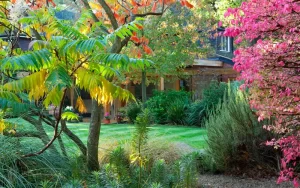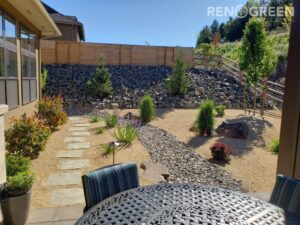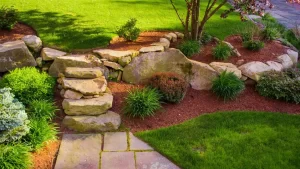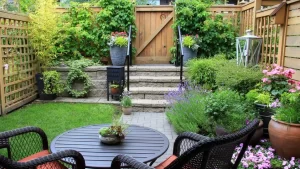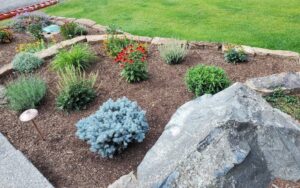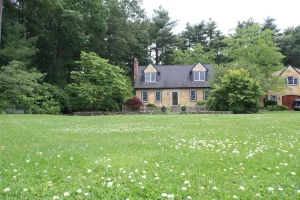Want to Ditch Your Lawn? Consider the Pros, Cons and Alternatives of No Mow May
10 February, 2024
"No Mow May" is a movement that encourages homeowners to refrain from mowing their lawns for the entire month of May to promote biodiversity, support pollinators, and reduce greenhouse gas emissions. While this initiative has gained popularity in recent years as a way to support wildlife and reduce lawn maintenance, it's important to consider the pros, cons, and alternatives before deciding whether to participate:
Pros of No Mow May:
- Promotes Biodiversity: Allowing grass and other plants to grow naturally without mowing provides habitat and food sources for a variety of wildlife, including pollinators, birds, and beneficial insects.
- Reduces Lawn Maintenance: Skipping a month of mowing can save time, money, and energy spent on lawn care, including fuel for lawn mowers and emissions associated with lawn maintenance.
- Conserves Water: Longer grass and vegetation can help retain soil moisture and reduce the need for watering, especially during dry periods, thus promoting water conservation.
- Supports Pollinators: No Mow May can help support declining pollinator populations by providing food sources and nesting sites for bees, butterflies, and other pollinating insects.
Cons of No Mow May:
- Aesthetics: Allowing grass to grow unchecked for a month may result in an unkempt appearance, which may not be desirable for homeowners who prefer a manicured lawn.
- Tick Habitat: Longer grass can provide habitat for ticks and other pests, potentially increasing the risk of tick-borne diseases for people and pets who spend time outdoors.
- Potential for Weed Growth: Allowing grass and weeds to grow without mowing can lead to an increase in weed populations, which may require additional effort to control once mowing resumes.
- Local Regulations: Some municipalities have ordinances or regulations that require homeowners to maintain their lawns to a certain standard, and participating in No Mow May could potentially result in fines or penalties.
Alternatives to No Mow May:
- Reduced Mowing Frequency: Instead of completely foregoing mowing for the entire month of May, consider reducing the frequency of mowing or raising the height of the mower blade to allow grass to grow longer between mowings.
- Lawn Alternatives: Replace all or part of your lawn with low-maintenance alternatives such as native wildflowers, ground covers, or ornamental grasses that require less water and maintenance than traditional turf grass.
- Naturalized Areas: Designate a portion of your yard as a naturalized area where grass and other plants are allowed to grow freely without regular mowing. This can provide habitat for wildlife while still maintaining some level of control over the appearance of your lawn.
- Integrated Pest Management: Implement integrated pest management practices to control weeds, pests, and diseases in your lawn without relying on synthetic chemicals or frequent mowing.
Ultimately, the decision to participate in No Mow May or pursue alternative lawn care practices depends on your personal preferences, aesthetic preferences, and willingness to tolerate a more naturalized landscape. It's important to weigh the potential benefits and drawbacks and choose an approach that aligns with your values and goals for your outdoor space.
- Gardening
- hardscape
- Landscape
- Lawn
- Plantation and Maintenance
Categories
Latest Post
- Gardening
- hardscape
- Landscape
- Lawn
- Plantation and Maintenance





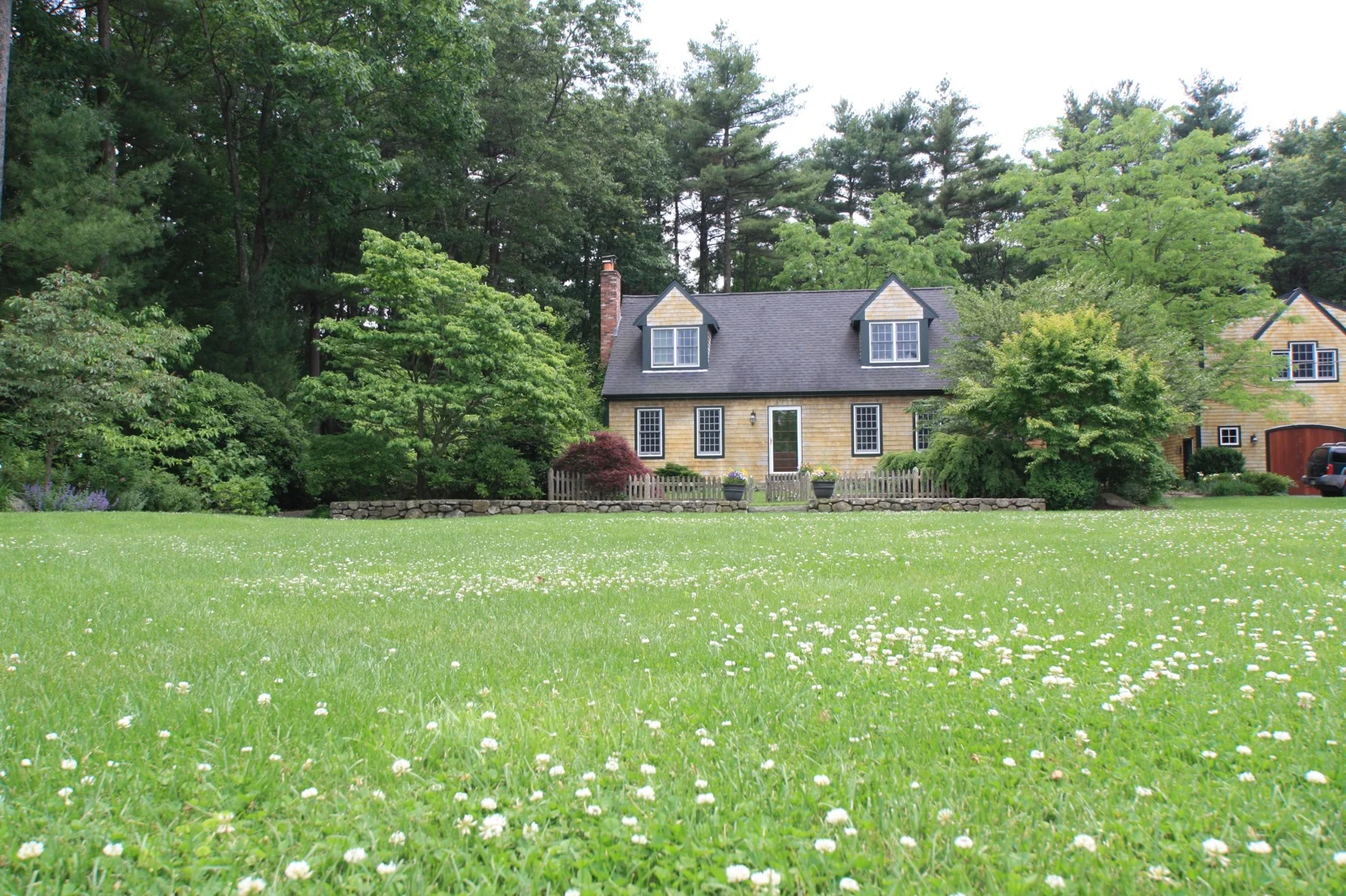
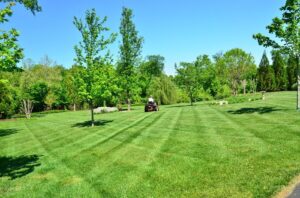
 .
.
